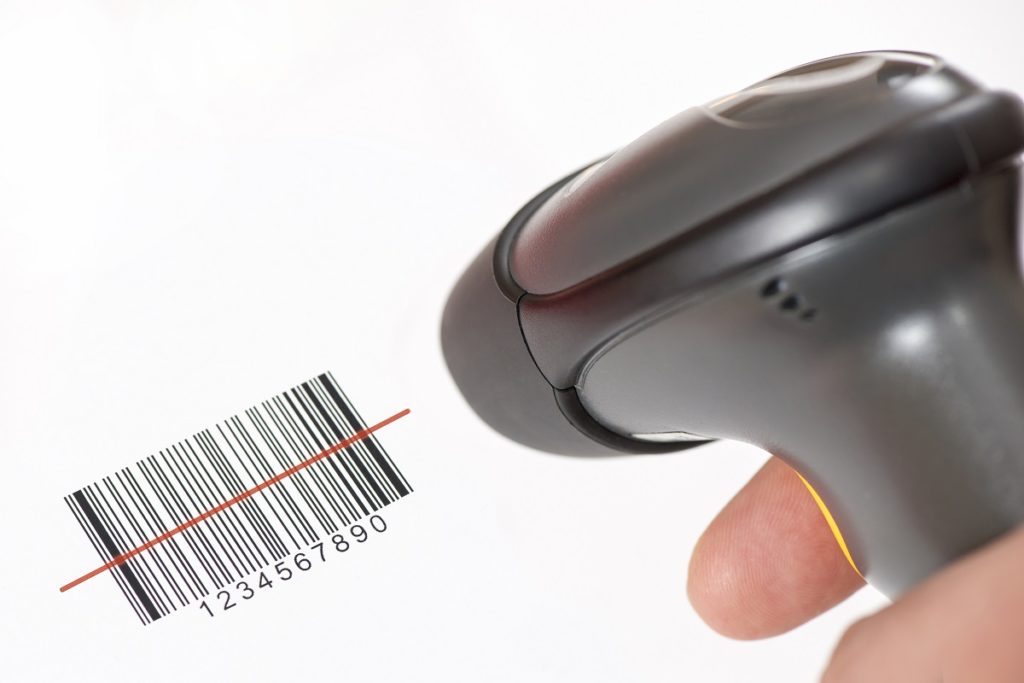As you go through your daily routine and purchase items at the store, you are likely using and interacting with hundreds of mundane items that have transformed our lives. One of the items that has changed our lives in ways you may not be aware of is the humble barcode. How then did this organised collection of numbers and bars do it? Here’s how:
It Started as a Bullseye
The barcode as we know it today didn’t start out as the omnipresent series of lines and numbers we commonly find on merchandise tags. The earliest barcode was invented by two college students, Joseph Woodland and Bernard Silver. Their invention came when they recognised the need for tracking continually-expanding inventories in grocery stores, a side effect of these small operations growing into supermarkets.
It was 1951 when Woodland was hired at IBM and he managed to convince the company to hire a consultant to research barcodes. As he tinkered with the barcode idea, the first version he came up with was based on Morse Code, but used broad and narrow lines instead of dots and dashes. He then placed the vertical pattern of lines, and placed them on a circle. Woodland and Silver then worked at a scanner to read the codified data, giving rise to both the first barcode and the first barcode scanner. A year later, they patented the bullseye and linear barcodes, along with the mechanical and electrical devices needed to scan them. IBM offered to buy their patents, but their offer was too low. Another company, Philco, met their price then sold the patents to RCA. This signalled the start of automated identification.
Revolutionising the Retail Industry

For the US grocery industry to adopt the barcode system as intended, a lot of back-and-forth negotiating between manufacturers and retailers ensued. It wasn’t until the early 1970s that the US grocery industry finally agreed on the Universal Product Code, or UPC to be placed on items across the board. Then in June 1974, a checkout assistant at Marsh’s Supermarket named Sharon Buchanan made retail history by being the first to use the UPC barcode system, and scan the price on a 10-pack of 50 sticks of Wrigley’s chewing gum. The scanner that was used to make that first scan is still on display at the Smithsonian Museum today.
Overcoming Initial Resistance
Like most new technologies, the UPC or barcode system’s adoption didn’t go entirely smoothly. Retailers refused to install scanners or use early versions of the barcode printer until manufacturers first put barcodes on their products. Manufacturers, on the other hand, refused to put barcodes on their products unless the retailers installed enough scanners. But over time, the UPC or barcode system becoame favourable to the more forward-thinking retailer with big inventories that needed to be tracked—the supermarkets. As these retailers grew, so did the demand for the barcode system and all the devices needed to track their huge stock. Prices for these systems decreased as the need for them increased among big retail operations. The UPC has since made the jump into almost every industry that requires tracking of a huge and diverse array of items. The barcode is also predicted to become an invaluable tool in the healthcare industry, for keeping track of patients’ illnesses and matching them with their treatments in a more accurate and timely manner.
The UPC barcode system is one of many seemingly mundane inventions we take for granted that has radically changed the world we live in and the way we live in it. Barcodes today are no longer restricted to data that indicates an item’s price, owner or location but are used to sort and contain more complex data. We may yet witness even more sophisticated applications of this deceptively simple technology.
